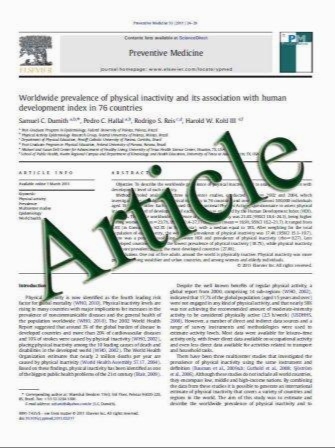Time-Resolved MRI After Ingestion of Liquids Reveals Motility Changes After Laparoscopic Sleeve Gastrectomy—Preliminary Results
- نوع فایل : کتاب
- زبان : انگلیسی
- مؤلف : Tobias Baumann & Simon Kuesters & Jodok Grueneberger & Goran Marjanovic & Lisa Zimmermann & Arnd-Oliver Schaefer & Ulrich Theodor Hopt & Mathias Lang
- چاپ و سال / کشور: 2010
Description
Background Laparoscopic sleeve gastrectomy (LSG) is generally considered a restrictive procedure. However, studies with nuclear medicine techniques have demonstrated that gastric motility changes occur following LSG. These motility changes could represent complementary mechanisms of weight loss. Therefore, we analyzed the stomach motility before and after LSG by means of dynamic MRI. Methods In this prospective pilot study, five female patients with a mean BMI of 51.6 kg/m2 underwent MRI 1 day before LSG and 6 days and 6 months after LSG. Dynamic steady-state free precession sequences were used to analyze the gastric motility after ingestion of 500 ml water with a temporal resolution of 0.86 s. Axial image stacks were also repeatedly acquired to determine the intragastric fluid volume over time. Results Mean excess body mass index loss was 60.6% after 6 months. Dynamic analysis showed that antral propulsive peristalsis was preserved immediately after surgery and during follow-up, but fold speed increased significantly from 2.7 mm/s before LSG to 4.4 mm/s after 6 months. The sleeve itself remained without recognizable peristalsis in three patients and showed only uncoordinated or passive motion in two patients. Consequently, the fluid transport through the sleeve was markedly delayed, whereas the antrum showed accelerated propulsion with the emptying half-time decreasing from 16.5 min preoperatively to 7.9 min 6 months after surgery. Conclusions Owing to the LSG procedure, the stomach is functionally divided into a sleeve without propulsive peristalsis and an accelerated antrum. Accelerated emptying seems to be caused by faster peristaltic folds.
OBES SURG (2011) 21:95–101 DOI 10.1007/s11695-010-0317-6 Published online: 19 November 2010


